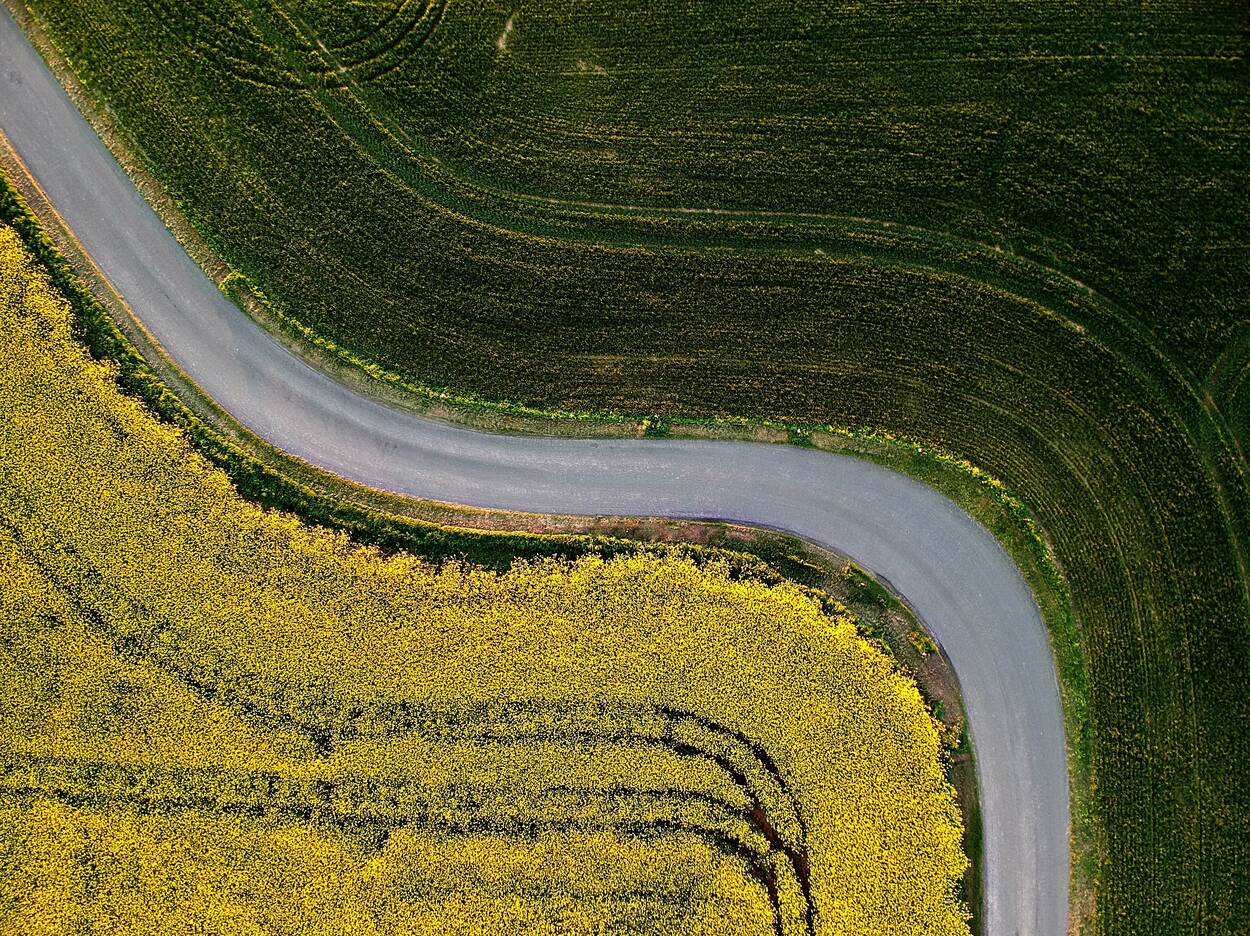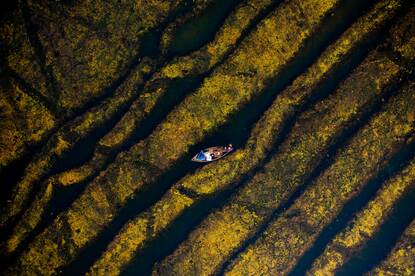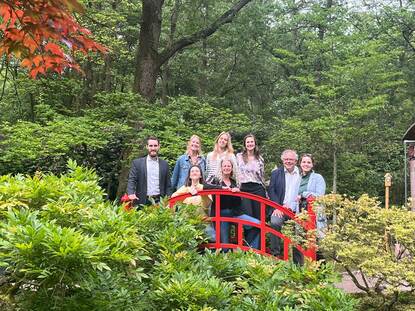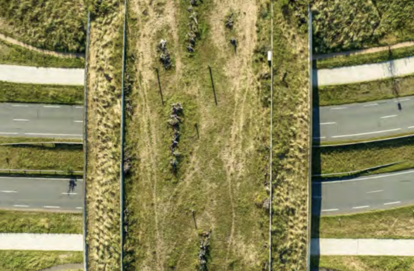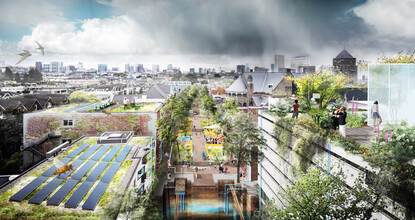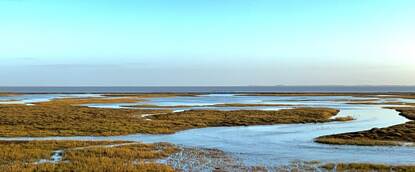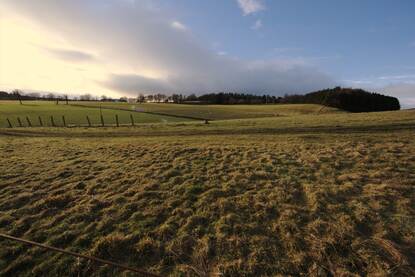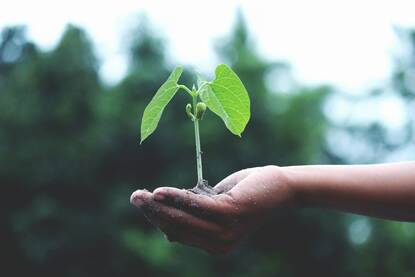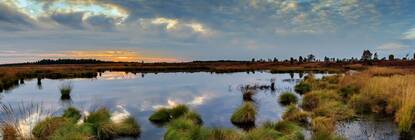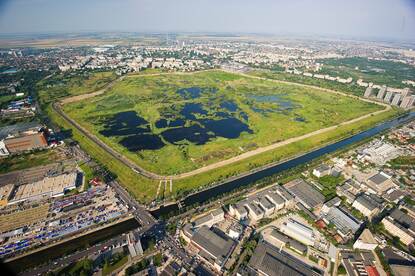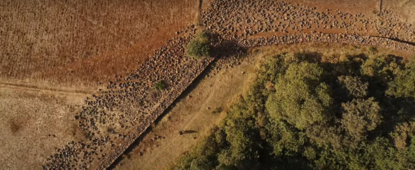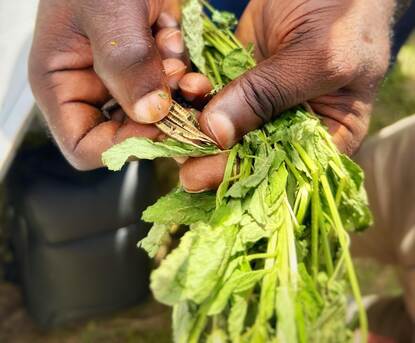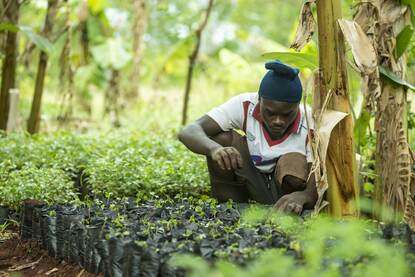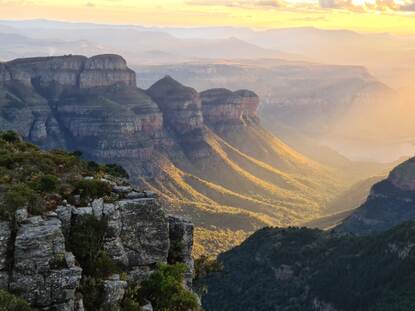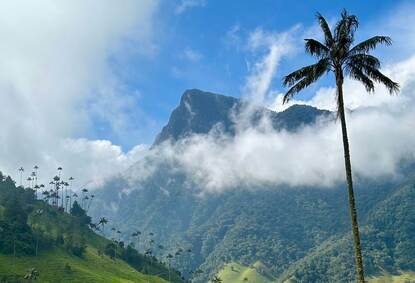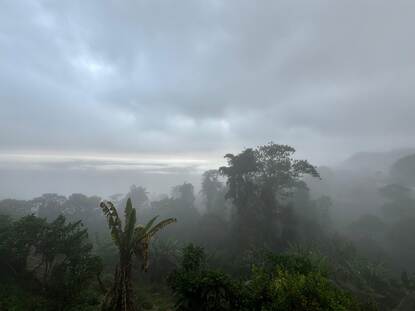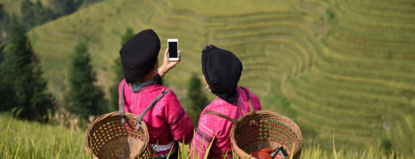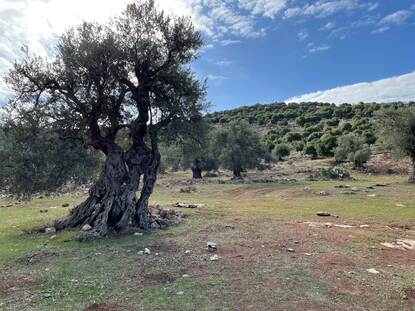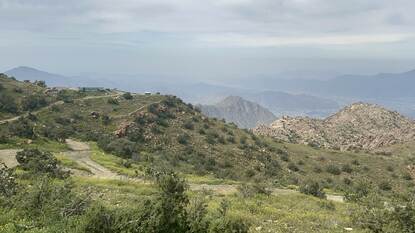Foto Canva
Senegal and Côte d'Ivoire, nestled on the shores of West Africa, were once celebrated for their vibrant biodiversity. The rich natural heritage faces growing threats from deforestation, agricultural expansion, climate change, and unsustainable business practices. The impact of diminishing biodiversity is already being felt in agriculture, the fishing industry and tourism, three key sectors for these nations. As the Netherlands explores ways to assist, could a new partnership hold the key to help preserving West Africa's natural treasures?
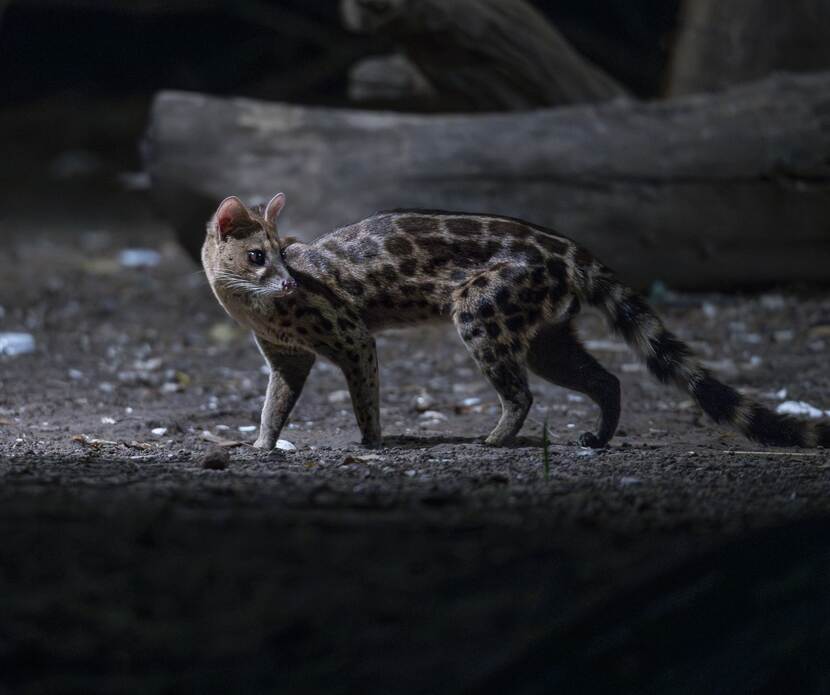
Biodiversity is a fundamental characteristic of the health and resilience of our natural world. Senegal and Côte d'Ivoire, two of West Africa's most biodiverse countries, play a crucial role in conserving the world's natural treasures. Both nations are home to wildlife sanctuaries that rank among the most significant biodiversity hotspots in the region.
In Senegal, the Niokolo-Koba National Park shelters some of the last West African chimpanzees. Also, it is the only place where the critically endangered western lion, a subspecies more closely related to the Indian lion than the southern African lion, can still be found. Senegal’s rich coastal waters are vital for fishing, and the country also hosts several bird sanctuaries crucial for migratory birds traveling between Africa and Europe.
Côte d'Ivoire, on the other hand, hosts biodiversity jewels like the Taï National Park, which has one of the last primary rainforests in West Africa. And the UNESCO-listed Comoé National Park where savannas meet dense forests, creating a unique ecosystem with endangered species like the pygmy hippo, African wild dog, chimpanzees and the bush elephant.
Significant pressures on the natural world
The most pressing biodiversity threats in these regions include:
-
habitat destruction and fragmentation
-
overexploitation of natural resources
-
pollution
-
climate change
Although both countries boast rich biodiversity, they are also under significant pressure. Rapid population growth and the commercialization of the agricultural sector are leading to extensive agricultural expansion, which results in habitat destruction and fragmentation, such as overgrazing of grasslands and excessive deforestation. Additionally, both countries face pollution of water and soil due to agricultural and mining activities. Climate change also poses a threat to biodiversity, causing more extreme droughts and rainfall, as well as coastal erosion from rising sea levels.
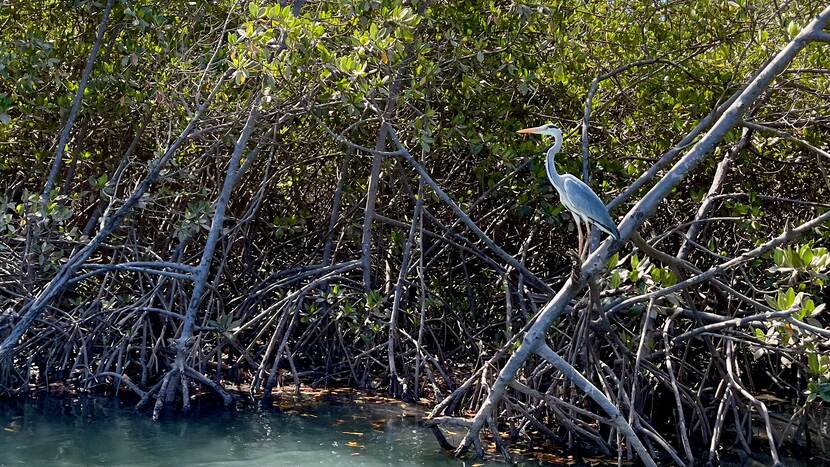
Dutch efforts to promote sustainable development
The Netherlands is dedicated to promoting sustainable development in Senegal and Côte d’Ivoire, focusing on areas like coastal protection and horticulture. Together with Dutch companies, they help build resilience and sustainability in both countries, ensuring that communities can thrive in harmony with their natural environments.
In Senegal, Invest International — a Dutch development bank that supports initiatives aimed at protecting vulnerable areas through funding and the development of physical infrastructure such as seawalls and breakwaters — is engaged in safeguarding coastal regions from the effects of climate change. Additionally, they invest in the restoration of natural coastal barriers like mangroves and wetlands, which not only help mitigate erosion but also provide crucial habitats for wildlife.
Meanwhile, in Côte d’Ivoire, Dutch organizations such as Koppert, reNature, Agriterra, Rockin Soils, Wageningen University & Research and the Dutch-Ivorian company LONO are making strides in the horticulture sector, focusing on the implementation of agroecological solutions to enhance (agro-)biodiversity. Dutch involvement in Côte d’Ivoire includes the HortiNord program that focuses on training, demonstration and incubation of youth and farmers in sustainable horticulture as well as research cooperation on agroecology.
‘The Netherlands is dedicated to promoting sustainable development in Senegal and Côte d’Ivoire, focusing on areas like coastal protection and horticulture’
Did you know?
There are many biodiversity links between the Netherlands and West Africa, like animals that form a natural airbridge between Côte d’Ivoire or Senegal and the Dutch ‘low lands’. Think for instance of the godwit (grutto), common redshank (tureluur), pied avocet (kluut) and the barn swallow (boerenzwaluw). These species are inextricably linked to Dutch nature and its cultural landscape. Yet, they spend most of the year in countries like Senegal and Côte d’Ivoire.
A new strategy to support national action plans
Currently, the Netherlands Agricultural Network (LAN) team at the Dutch embassies in Abidjan and Dakar is developing a strategy to strengthen bilateral cooperation on biodiversity conservation and rehabilitation with Côte d’Ivoire and Senegal. The strategy will be based on an analysis of biodiversity hotspots and threats, while interviews with public and private stakeholders will further shed light on key challenges and ongoing projects.
Running up to the upcoming CBD COP 16 in Calì, Colombia, both countries are preparing National Biodiversity Strategies and Action Plans (NBSAPs). The Netherlands supports Senegal in revising its existing NBSAP (2015) along with a new financial plan, while helping Côte d’Ivoire in putting together its first ever NBSAP.
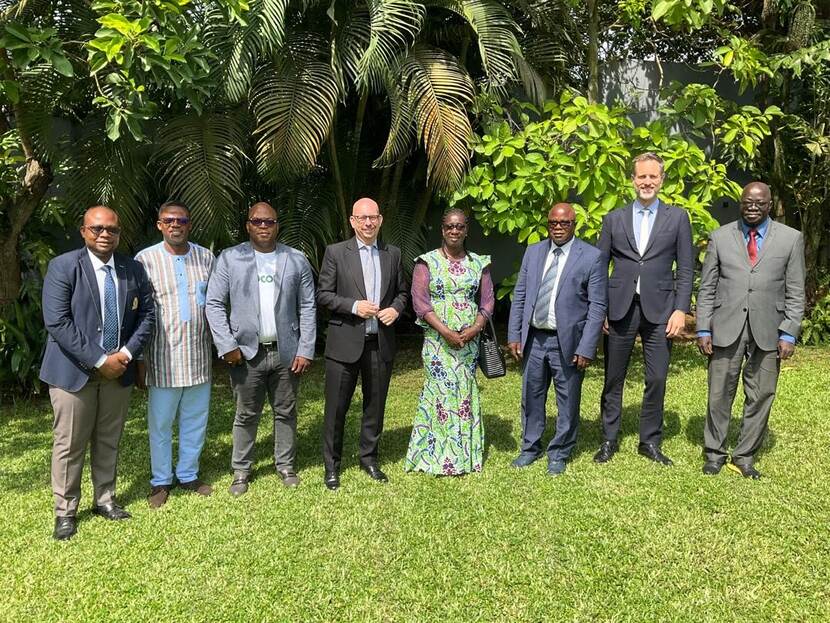
Hope for a better tomorrow: together
The Senegalese environmentalist Baba Dioum wrote in 1968 in a paper for the general assembly of the International Union for Conservation of Nature (IUCN): ‘In the end we will conserve only what we love. We will love only what we understand. We will understand only what we are taught.’ Indeed, making the collaboration on biodiversity with Senegal and Côte d’Ivoire meaningful will depend on a shared understanding and love of the natural beauty that surrounds and protects us. On est ensemble.
More information
Would you like to know more about biodiversity conservation in Côte d'Ivoire and Senegal? You can visit the country pages of Côte d'Ivoire and Senegal at the website Agroberichtenbuitenland.nl of the Dutch Ministry of Agriculture, Fisheries, Food Security and Nature. You can also send an email to the LAN team in Abidjan (Côte d'Ivoire): abi-lvvn@minbuza.nl. Or to the LAN team in Dakar (Senegal): dak-lvvn@minbuza.nl.
